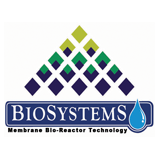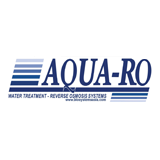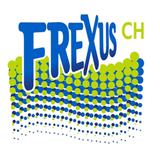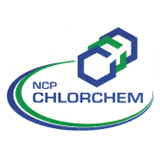Selcoperm SES-195
Selcoperm systems produce hypochlorite solution from a solution of common salt using electricity.
Structure of a Selcoperm system
Key components in the Selcoperm unit include an electrolysis system, storage tanks for the saturated salt solution and product solution, an exhaust fan for removing any hydrogen produced, and dosing pumps for the product solution. The concept is rounded off with a measuring and control unit for chlorine dosing. The electrolysis system is supplied as a turn-key solution. Only the pipework for the water supply, the connections of the salt and product storage tanks as well as the exhaust pipe have to be installed. The size of the storage tanks depends on the capacity level of the system and the amount of disinfectant solution required.Benefits
- Only water, common salt and electricity is needed for the electrolysis – low operating costs, world-wide use.
- Common salt is non-toxic and easy to store.
- Fresh hypochlorite is always on hand – the disinfectant solution does not dissociate like commercial hypochlorite solutions.
- Approved disinfection method complying with the DWI drinking water regulations – an alternative with less safety requirements to chlorine-gas based systems. NSF approval is in process.
- Robust and elementary components – low-maintenance and a long service life.
Applications
Typical disinfection applications for electrolytic chlorination systems are above all the
- drinking water treatment and
- swimming pool water treatment.
The systems are a good alternative to chlorine-gas based systems.
Technical data for standard systems up to 2,000 g Cl2/ hour
| Type | Capacity | |
| Selcoperm 125 | 125 g Cl2 / hour | 3 kg Cl2 / day |
| Selcoperm 250 | 250 g Cl2 / hour | 6 kg Cl2 / day |
| Selcoperm 500 | 500 g Cl2 / hour | 12 kg Cl2 / day |
| Selcoperm 1000 | 1000 g Cl2 / hour | 24 kg Cl2 / day |
| Selcoperm 2000 | 2000 g Cl2 / hour | 48 kg Cl2 / day |
Customised systems with higher capacities up to 20 kg/h available on request!











